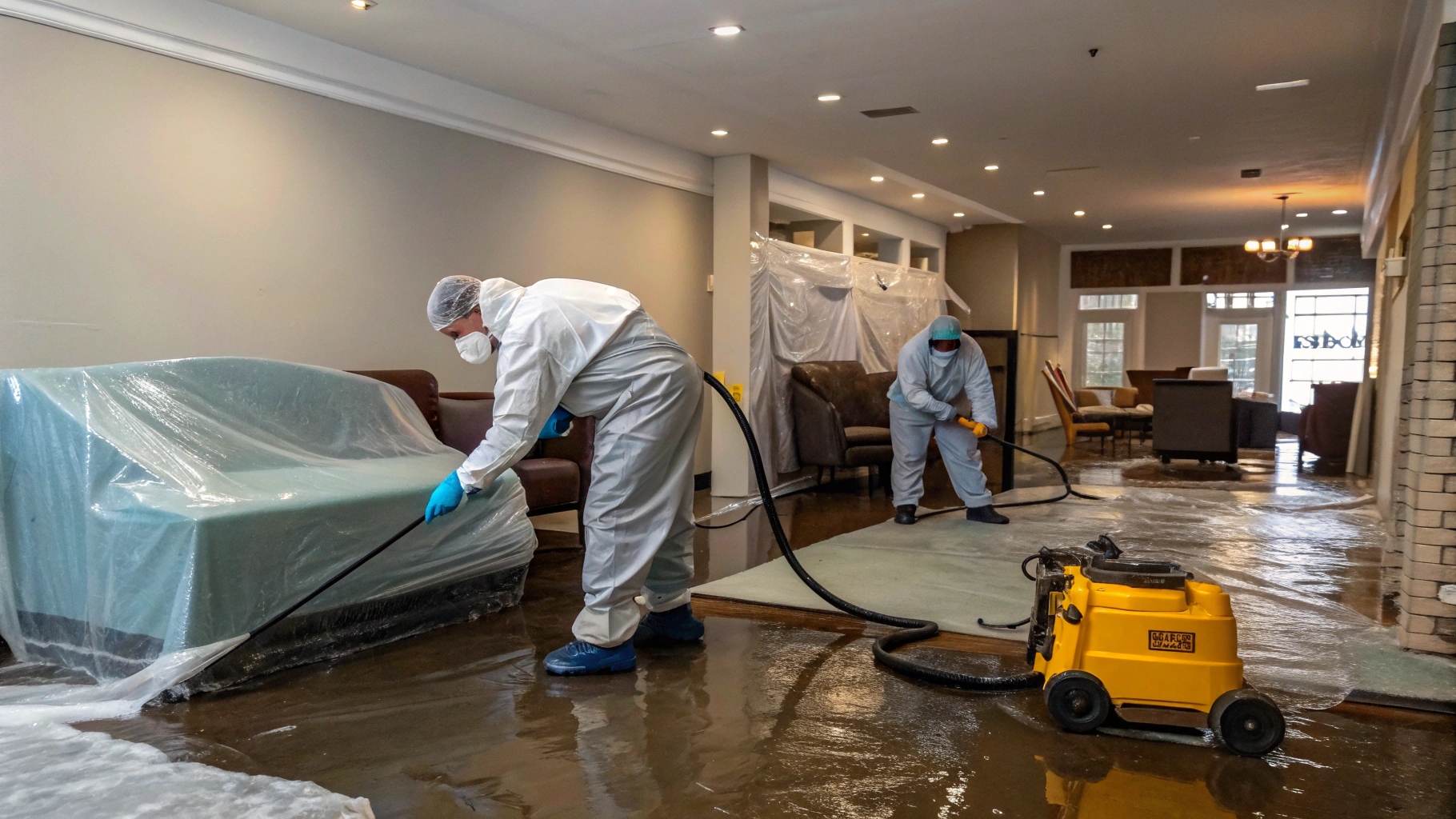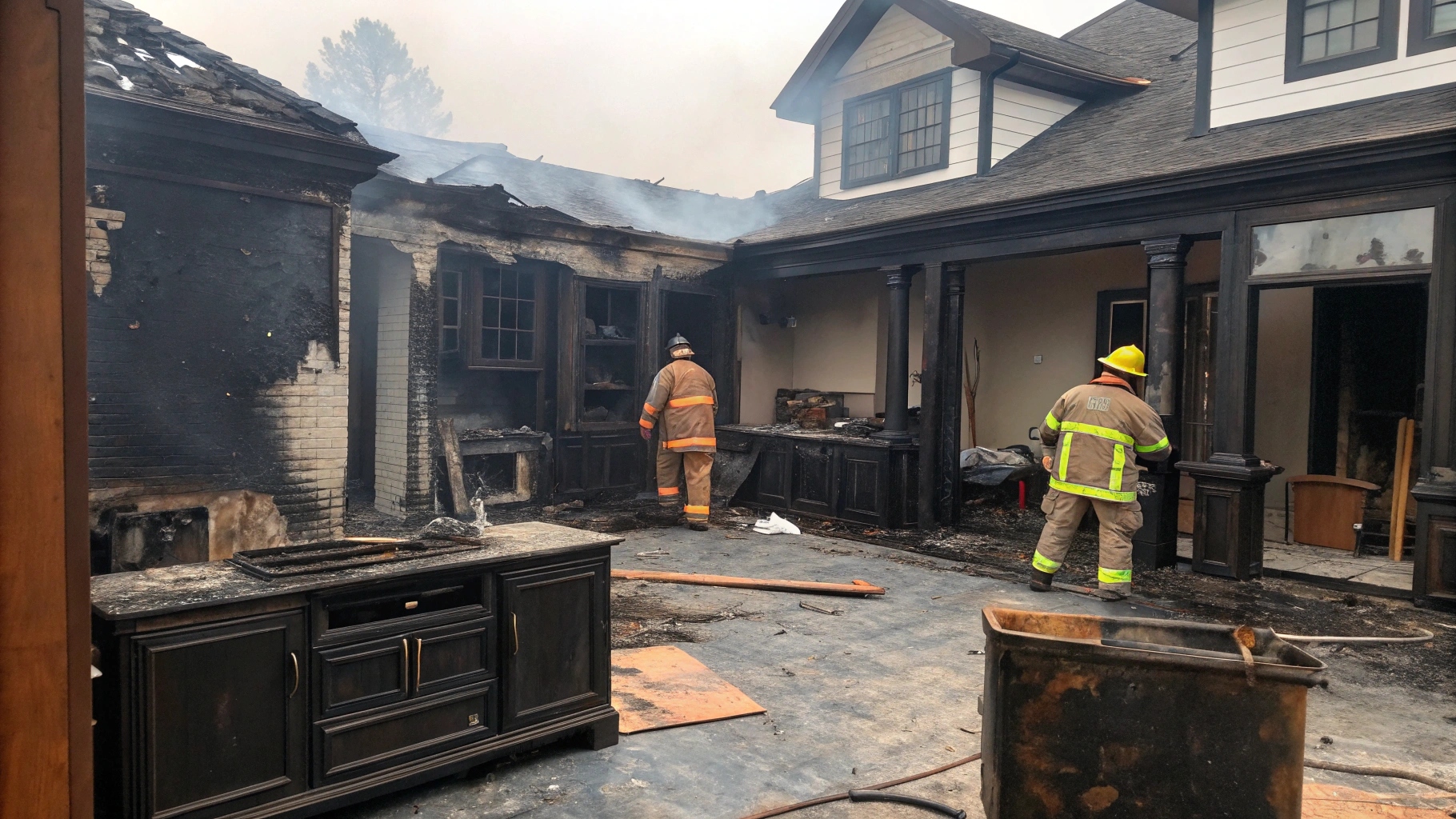Is Bathroom Water Damage Dangerous and When Should You Call a Professional?
Water damage in the bathroom may seem like a small problem, just a little leak or some damp tiles. But left unchecked, it can lead to serious damage, expensive repairs, and even health hazards. Whether you’re a homeowner, renter, or property manager, understanding the dangers of bathroom water damage is essential.
In this blog, we’ll break down:
- Why bathroom water damage is dangerous
- Common signs to watch for
- When to handle it yourself
- When to call a professional
Why Is Bathroom Water Damage Dangerous?
Bathrooms are naturally prone to water exposure due to sinks, showers, tubs, and toilets. But not all water stays where it should. When moisture escapes its intended area, it can lead to bathroom water damage, which can quietly wreak havoc on your home by damaging surfaces, inviting mold, and even compromising structural integrity.
1. Mold and Mildew Growth
Excess moisture is a breeding ground for mold and mildew. These fungi can grow behind walls, under flooring, and inside cabinets. Mold not only looks and smells bad, but it can also cause:
- Respiratory issues
- Allergies
- Asthma attacks
- Long-term health complications
2. Structural Damage
Water can weaken your home’s structure. Over time, it may:
- Rot wooden supports and floor joists
- Warp cabinets and furniture
- Crack tiles and break down grout
- Damage ceilings or walls below the bathroom
3. Electrical Hazards
If water reaches electrical systems—like outlets, switches, or light fixtures—it can pose serious risks:
- Short circuits
- Fire hazards
- Electric shocks
4. Decreased Property Value
Visible water damage or hidden mold can significantly reduce your home’s resale value. It’s often flagged during home inspections, and many buyers will walk away or ask for steep discounts.
When Can You Fix Bathroom Water Damage Yourself?
For minor issues, DIY repairs might be enough:
- Small patches of mold on tile grout (use mold cleaner or a vinegar solution)
- Caulking around tubs or sinks
- Fixing a dripping faucet or loose pipe fitting
- Replacing damaged tiles or baseboards (if you’re handy)
Tip: Always wear gloves and a mask when cleaning mold. If it’s more than a small area (10 sq ft or more), it’s best to call a professional.
When Should You Call a Professional?
Here are the key signs it’s time to bring in a pro:
1. Extensive Mold Growth
If mold is growing behind walls, under flooring, or in HVAC systems, professional mold remediation is necessary. DIY won’t cut it—and it could make things worse.
2. Structural Damage
If your bathroom floor feels spongy, or you notice sagging ceilings or warped wood, call a contractor or water damage specialist. They can assess and repair hidden damage safely.
3. Persistent Leaks
If you’ve tried to fix a leak and it keeps coming back, the problem may lie deeper in the plumbing system. A plumber can pinpoint and repair it.
4. Unknown Source of Moisture
Sometimes you can see water damage but don’t know where it’s coming from. Professionals use moisture meters and thermal imaging to track hidden leaks.
5. Electrical Concerns
If water damage reaches your bathroom’s electrical wiring or fixtures, call an electrician. Never attempt DIY electrical work in a wet environment.
What to Expect From a Water Damage Professional
A qualified water damage restoration expert will:
- Inspect and assess the full extent of damage
- Use specialized tools to dry out affected areas
- Remove mold and disinfect surfaces
- Repair or replace damaged materials
- Help with insurance claims (if applicable)
Final Thoughts
Bathroom water damage is more than just an eyesore. It can affect your health, your home’s structure, and your wallet. While small issues can sometimes be fixed on your own, it’s important to know when to call a professional.
FAQs
1. How can I tell if the water damage in my bathroom is serious?
If you notice musty smells, sagging floors, peeling paint, or water stains on the ceiling below the bathroom, it’s likely more than just a surface issue. Serious water damage bathroom often hides behind walls or under tiles.
2. Will homeowner’s insurance cover bathroom water damage?
It depends on the cause. Most homeowners’ insurance policies cover sudden and accidental water damage, such as a burst pipe. However, they may not cover damage from ongoing leaks or neglect.
3. How quickly does mold grow after a leak in the bathroom?
Mold can begin to grow within 24 to 48 hours of a leak or water exposure, especially in warm, humid bathroom environments. That’s why fast drying and proper ventilation are crucial after any water spill or leak.













